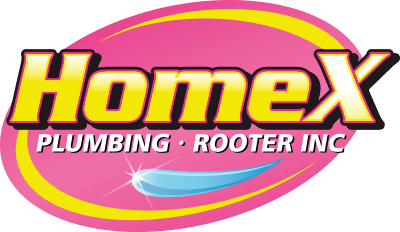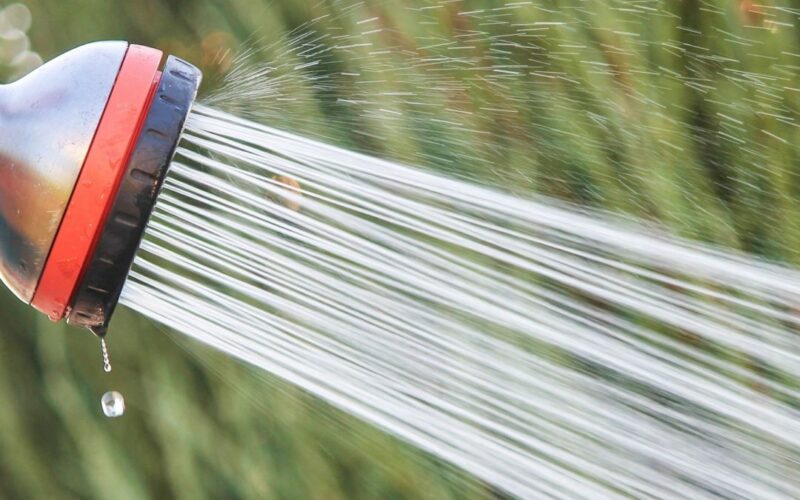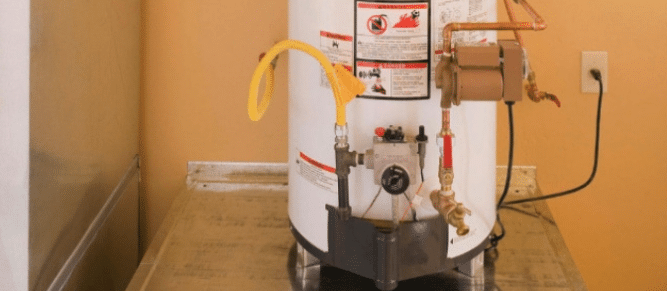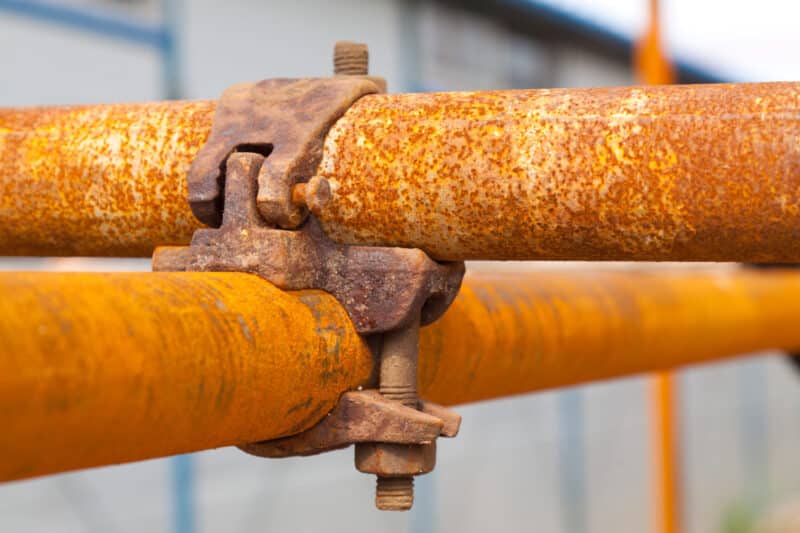Water leaks in your home can be an unexpected stressor, particularly when it comes to filing an insurance claim. Many homeowners are left wondering if insurance covers plumbing-related water leaks. This can lead to confusion and concern over how to proceed and what to expect from the claims process.
Understanding your homeowner’s insurance policy and knowing how to navigate the claims process can make a significant difference in the outcome of your claim. This article is designed to guide you through making a successful water leak insurance claim, specifically focusing on plumbing-related issues.
In this article, you will learn:
- How to determine if your homeowner’s insurance covers plumbing-related water leaks.
- The step-by-step process for filing a successful water leak insurance claim.
- Tips to maximize your claim’s success rate and avoid common pitfalls.
Let’s dive into the details and ensure you’re prepared to handle a water leak insurance claim with confidence.
Understanding Your Homeowner’s Insurance Policy
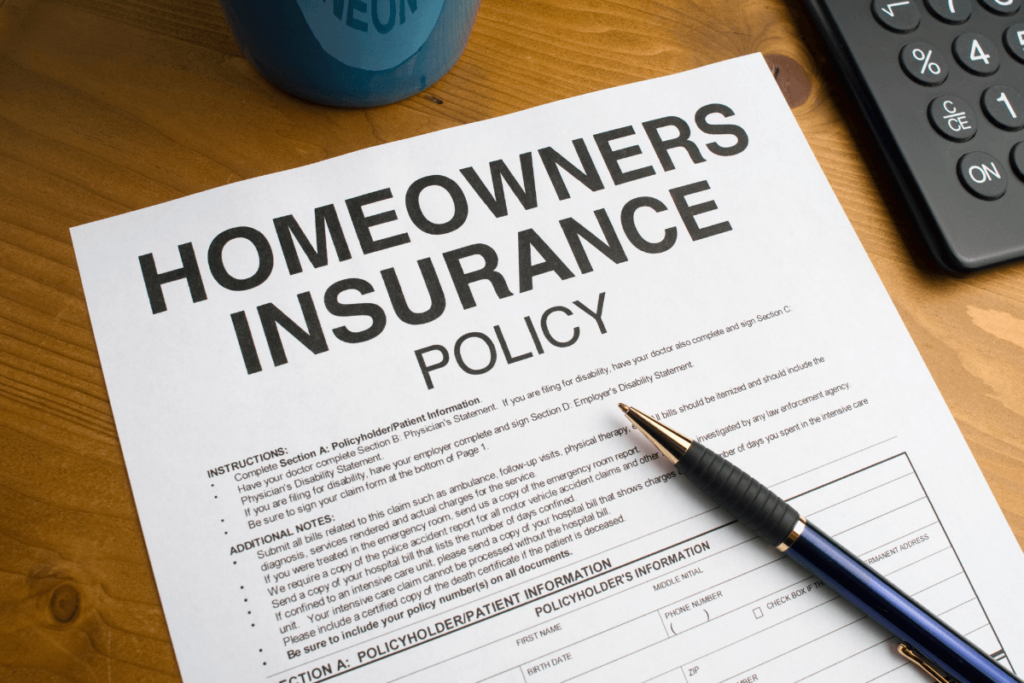
Navigating the complexities and legalese of homeowner’s insurance can be daunting, especially when it comes to water damage. It’s better to know what your policy covers before a leak occurs, so you’re not caught off guard.
Generally, homeowner’s insurance policies cover sudden and accidental water damage. This can include damage from burst pipes, but there are nuances to be aware of.
What’s Typically Covered
Most standard policies cover:
- Sudden and Accidental Damage: This includes water damage from a burst pipe or a plumbing system failure.
- Dwelling Coverage: This part of your policy typically covers the structure of your home, including floors, walls, and ceilings damaged by water.
- Personal Property Coverage: If your belongings are damaged due to a plumbing leak, this coverage can help replace them.
What’s Not Normally Covered
- Gradual Damage: Damage occurring over time, such as a slow leak that was not addressed, is often excluded.
- Maintenance Issues: Homeowners are generally expected to maintain their plumbing systems. Negligence or failure to make repairs can lead to denied claims.
- Flood Damage: It’s important to note that flooding from external sources is not covered under standard homeowner’s insurance policies. Separate flood insurance is required for this type of damage.
Case Studies or Examples
- Covered Scenario: A homeowner wakes up to find their kitchen flooded due to a burst pipe under the sink. The damage to the kitchen cabinets and flooring is typically covered under their policy, minus the deductible.
- Non-Covered Scenario: Over several months, a small leak from a bathroom pipe causes mold behind the walls. Since the leak was gradual and not sudden, the insurance company denies the claim.
Understanding the specifics of your policy is key to navigating a water leak claim. It’s advisable to review your policy annually with your insurance broker and discuss any unclear aspects with your insurance agent. This proactive approach can help you make informed decisions about additional coverages, such as water backup coverage, which can offer extra protection.
Identifying and Documenting Water Leaks

Discovering a water leak in your home requires immediate action, not only to minimize damage but also to ensure your insurance claim is supported by strong documentation.
Initial Steps to Take When You Discover a Water Leak
- Stop the Water Source: If possible, turn off the water supply to the affected area to prevent further damage.
- Identify the Leak’s Source: Determine where the leak is coming from, such as a burst pipe or a faulty appliance.
- Contact a Professional: For significant leaks, it’s crucial to call a plumber immediately. They can fix the problem and provide a report that can support your insurance claim.
Importance of Documenting the Damage
- Take Photos and Videos: Document the extent of the water damage as soon as possible. Capture images of the source of the leak, affected areas, and damaged property.
- Keep Records of Repairs: Save your receipts and detailed records of any emergency repairs and professional assessments. This information will be vital when filing your claim.
Professional Assessments
- Hire a Water Damage Specialist: In some cases, it might be beneficial to hire a water damage specialist. They can assess the full extent of the damage, including potential mold growth or structural issues that are not immediately visible.
- Obtain a Detailed Report: Ensure you receive a detailed report from any professional assessments. This should include the cause of the leak, the extent of the damage, and the recommended repairs. This report can significantly strengthen your insurance claim.
Documenting your damage comprehensively and obtaining professional assessments are crucial steps in the claims process. These actions not only help in filing your claim but also in ensuring you receive a fair assessment from your insurance company.
Filing Your Water Leak Insurance Claim

After identifying and documenting the water leak, the next step is to file your insurance claim. This process can vary slightly between insurance companies, but the following steps outline the general procedure.
Necessary Documentation for Filing a Claim
- Insurance Policy Number: Have your policy number ready. This is the first thing your insurance company will ask for.
- Detailed Documentation of Damage: Include all photos, videos, and professional reports you’ve collected. The more detailed your documentation, the stronger your claim.
- List of Damaged Items: Prepare a detailed list of damaged property, including the estimated value and purchase date of each item.
Communicating with Your Insurance Provider
- Initial Contact: Reach out to your insurance provider as soon as possible to start the claim process. You can typically do this over the phone, via an online portal, or through a mobile app, depending on your insurer.
- Provide Detailed Information: When you file the claim, be prepared to provide detailed information about the extent of the water damage and any immediate actions you’ve taken.
- Ask Questions: Inquire about the next steps, the timeline for the claim process, and if there are any specific requirements or additional documentation needed from your side.
What to Expect During the Insurance Adjuster’s Visit
- Scheduling an Appointment: Your insurance company will send an adjuster to examine the damage. Be sure to schedule a time when you can be present.
- The Inspection: The adjuster will inspect the damaged areas, review your documentation, and assess the overall impact of the leak.
- Discussion of Next Steps: After the inspection, the adjuster will explain the next steps in the claim process, including an estimated timeline for repairs and compensation.
Filing a claim requires organization and attention to detail. By providing comprehensive documentation and effectively communicating with your insurance provider, you can streamline the process and increase your chances of a favorable outcome.
Maximizing Your Claim’s Success
Securing a successful outcome for your water leak insurance claim involves more than just submitting documentation. Here are strategies to ensure your claim is taken seriously and to maximize your chances of receiving a fair settlement.
Strategies to Ensure Your Claim is Taken Seriously
- Be Proactive and Persistent: Follow up regularly on the status of your claim. Regular communication keeps your case active and can help expedite the process.
- Use Clear, Concise Language: When describing the damage, be clear and factual. Avoid speculative language that could be used to minimize your claim.
- Leverage Professional Assessments: Professional reports from plumbers or water damage specialists can provide authoritative support for your claim, emphasizing the necessity of covered repairs.
How to Dispute a Denied Claim or Negotiate a Better Settlement
- Understand the Reason for Denial: Request a detailed explanation for any denial or lowball offer. This information is crucial for formulating your response.
- Gather Additional Evidence: If your claim is denied or undervalued, additional documentation or a second opinion from another professional may strengthen your case.
- Consider Hiring a Public Adjuster: Public adjusters represent your interests and can help negotiate with the insurance company. They’re particularly valuable in complex claims or when disputing a decision.
The Role of a Public Adjuster: Pros and Cons
- Pros: Public adjusters have expertise in insurance claims and can often negotiate higher settlements. They handle the negotiation process, reducing stress and freeing up your time.
- Cons: Public adjusters charge a fee, typically a percentage of the claim settlement. It’s important to weigh the potential higher settlement against these costs.
Taking these steps can significantly improve the outcome of your claim. It’s about being informed, prepared, and willing to advocate for your interests effectively.
Preventative Measures to Avoid Future Water Leaks
Proactive maintenance and smart home improvements can significantly reduce the risk of future water leaks. Here are practical tips for keeping your plumbing system in top condition and leveraging technology to detect leaks early.
Regular Maintenance Tips for Plumbing Systems
- Regular Inspections: Schedule annual inspections of your plumbing system to detect leaks and repair minor issues before they become major problems.
- Replace Old Pipes: If your home has old or corroded pipes, consider re-piping and replacing them. Modern materials are much less prone to leaking.
- Monitor Water Pressure: High water pressure can strain pipes and lead to leaks. Install a pressure regulator if needed.
Impact on Insurance Premiums
- Lower Risk, Lower Premiums: Demonstrating proactive measures to prevent leaks can lower your risk profile, potentially leading to lower insurance premiums.
- Discounts for Smart Home Devices: Some insurance companies offer discounts for homes equipped with leak detection and prevention technology.
Taking preventative measures against water leaks not only protects your home but can also have a positive impact on your insurance relationship. By demonstrating that you’re actively reducing risk, you can potentially save on premiums and avoid the hassle of future claims.

